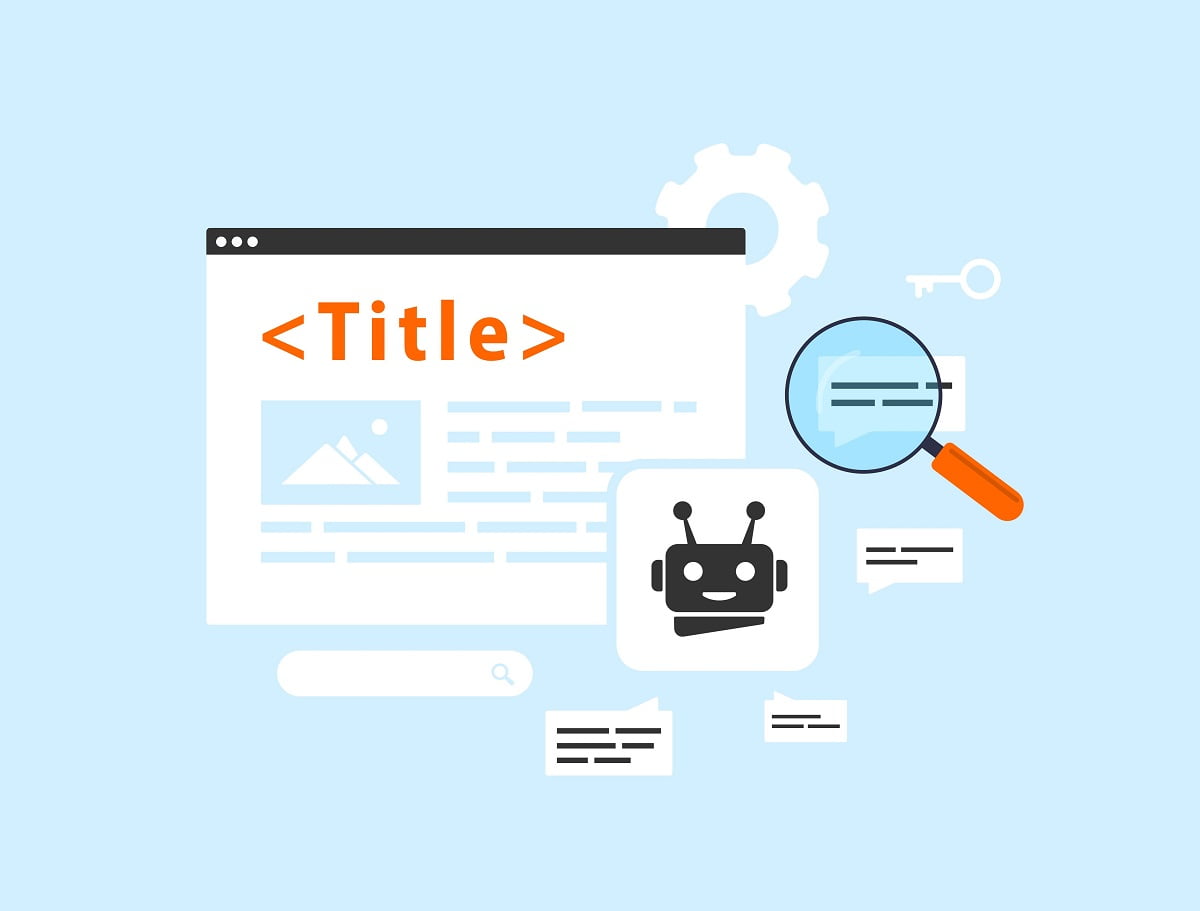The Role of Header Tags in On-Page Optimization

When it comes to optimizing your website for search engines, header tags play a crucial role in improving your on-page optimization. Header tags (H1-H6) are HTML elements that structure the content hierarchy on a webpage, making it easier for search engines to understand the importance and context of different sections.
By strategically utilizing header tags, you can enhance your website’s visibility, readability, and overall SEO performance. In this article, we will explore the significance of header tags and provide valuable insights on how to effectively use them to optimize your webpages for better search engine rankings.
Understanding the Different Types of Header Tags
In on-page optimization, header tags play a crucial role in structuring and organizing web page content. They not only enhance the readability and user experience but also help search engines understand the hierarchy and relevance of the information presented. Among the various header tags available, the <h2> tag is one of the most commonly used.
The <h2> tag represents the second-level heading on a web page. It is typically used to introduce a new section or subtopic within the main content. While the <h1> tag is reserved for the main heading, the <h2> tag provides a clear distinction between different sections and breaks the content into manageable chunks.
When using the <h2> tag, it is important to consider the semantic structure of the page and the relevance of the content within the section. Each <h2> should represent a distinct idea or concept that contributes to the overall topic. This not only aids in comprehending the content but also helps search engines determine the context and importance of the information.
Additionally, choosing descriptive and concise headings for <h2> tags improves both user experience and search engine optimization (SEO). Clear and relevant headings make it easier for users to navigate through the page, especially when scanning or skimming for specific information. From an SEO perspective, search engines give weightage to header tags, and including relevant keywords in <h2> tags can help improve the page’s visibility in search engine results.
Overall, understanding the role of different header tags, such as the <h2> tag, is essential for effective on-page optimization. By utilizing header tags judiciously and structuring content hierarchically, webmasters can enhance both user experience and search engine visibility.
Importance of Using Header Tags for On-Page Optimization
Header tags, also known as heading tags, play a crucial role in on-page optimization for websites. These tags are HTML elements that help structure the content of a webpage and provide search engines with valuable information about the page’s hierarchy and context.
Using header tags correctly can greatly benefit your website’s search engine optimization (SEO) efforts. Here are a few reasons why using header tags is important for on-page optimization:
- Improved Readability: Header tags help break down the content into smaller sections, making it easier for readers to skim and understand the main points of your page. By using appropriate header tags, you can create a well-organized and user-friendly webpage.
- Keyword Optimization: Search engines pay special attention to header tags, as they consider them to be important indicators of the page’s topic or theme. By incorporating relevant keywords into your header tags, you can enhance the visibility of your webpage for those specific keywords.
- SEO Ranking: Proper usage of header tags can positively impact your website’s search engine rankings. Search engines use header tags to determine the overall structure of your page and understand the relevance of different sections. By using header tags effectively, you can improve your chances of ranking higher in search engine results pages (SERPs).
- Accessibility: Header tags are essential for creating accessible web content. Screen readers and assistive technologies utilize header tags to navigate through the content and provide a better user experience for individuals with disabilities. Ensuring your header tags are correctly used enhances the accessibility of your website.
Best Practices for Optimizing Header Tags
Header tags, such as the <h2> tag, play a crucial role in on-page optimization. They not only help structure your content and make it more readable for users but also provide valuable information to search engine crawlers. To ensure you are making the most of your header tags, here are some best practices:
1. Use Relevant Keywords
When optimizing your header tags, it’s essential to use relevant keywords that accurately describe the content of the section. This helps search engines understand the context and relevance of your page. However, avoid keyword stuffing, as it can negatively impact your SEO efforts.
2. Maintain Hierarchy
Headers should follow a logical hierarchy, with the <h1> tag representing the main title of the page. Subsequent headers, such as <h2>, should be used to divide the content into meaningful sections. This hierarchy helps both users and search engines in understanding the structure and organization of your content.
3. Keep it Concise and Descriptive
Header tags should be concise and descriptive, providing a clear summary of the section’s content. Avoid using generic headers or vague phrases that don’t provide any valuable information. Instead, aim to capture the essence of the section in a few words.
4. Optimize for Readability
While header tags are important for SEO, they are also crucial for user experience. Make sure your headers are easy to read and visually appealing. Consider using appropriate font sizes, styles, and formatting to make them stand out without overwhelming the rest of the content.
5. Don’t Overdo it
While it’s beneficial to use header tags to break up your content, be cautious not to overuse them. Having too many headers can confuse both users and search engines, diluting the significance of each section. Only use headers when necessary and ensure they add value to the overall structure of your page.
By following these best practices, you can optimize your header tags effectively, improving both the user experience and your website’s search engine visibility.
The Role of Header Tags in On-Page Optimization
Header tags, including the <h2> tag, play a crucial role in on-page optimization and can significantly impact SEO rankings. These tags are vital for organizing and structuring the content of a webpage, making it easier for search engines to understand the relevance and hierarchy of the information presented.
Why are Header Tags Important for SEO?
Search engines rely on header tags to determine the main topics and subtopics covered within a webpage. By using header tags appropriately, you can signal to search engines the importance and relevance of specific sections of your content, ultimately helping search engine crawlers understand your page better.
The <h2> tag specifically represents a secondary heading and is typically used to introduce a new section or topic within the page. When search engines encounter an <h2> tag, they recognize it as a signal that a new subheading is being introduced and give it more weight in terms of keyword relevance and semantic understanding.
Additionally, the proper use of header tags can enhance the user experience by providing a clear and organized structure to your content. Visitors to your website can easily scan and navigate through the page, allowing them to find the information they need quickly.
Best Practices for Utilizing <h2> Tags
When using the <h2> tag, it’s important to follow these best practices for optimal on-page optimization:
- Include relevant keywords: Incorporate primary and secondary keywords within your
<h2>tags to improve keyword relevance and visibility. - Be concise and descriptive: Craft clear and concise subheadings that accurately summarize the content of the section they introduce.
- Avoid keyword stuffing: While it’s essential to include keywords, avoid overusing them excessively, as this can be seen as spammy by search engines.
- Use proper hierarchy: Ensure that you use header tags in a hierarchical order, starting with
<h1>as the main heading, followed by<h2>for subheadings, and so on.
By following these best practices, you can harness the power of <h2> tags to improve your website’s on-page optimization and boost your SEO rankings.
Examples of Effective Use of Header Tags in On-Page Optimization
Header tags play a crucial role in optimizing webpages for search engines and improving the overall user experience. Here are some examples of how header tags can be effectively used in on-page optimization:
1. Organizing Content
By using header tags like <h2> to structure your content, you can help both search engines and users understand the hierarchy and organization of your webpage. This makes it easier for search engines to crawl and index your content accurately.
2. Highlighting Key Points
Header tags can be used to emphasize important information or key points within your content. For instance, you can use <h2> tags to introduce different sections or topics, making it easier for readers to scan and understand the main ideas of your webpage.
3. Improving Readability
Proper usage of header tags improves the readability of your content by breaking it into smaller, digestible sections. This not only makes it more visually appealing but also helps users quickly find the specific information they are looking for.
4. Enhancing SEO
Header tags provide an opportunity to include relevant keywords that align with your content and target audience’s search queries. By using <h2> tags strategically, you can signal to search engines the importance of specific sections and increase the relevance of your webpage for those keywords.
Remember to use header tags judiciously and follow best practices for optimal on-page optimization. By utilizing header tags effectively, you can improve the visibility, usability, and SEO performance of your webpages.





